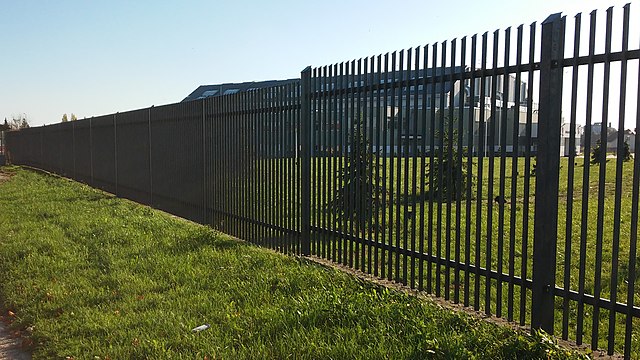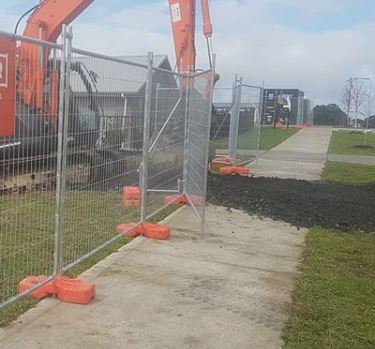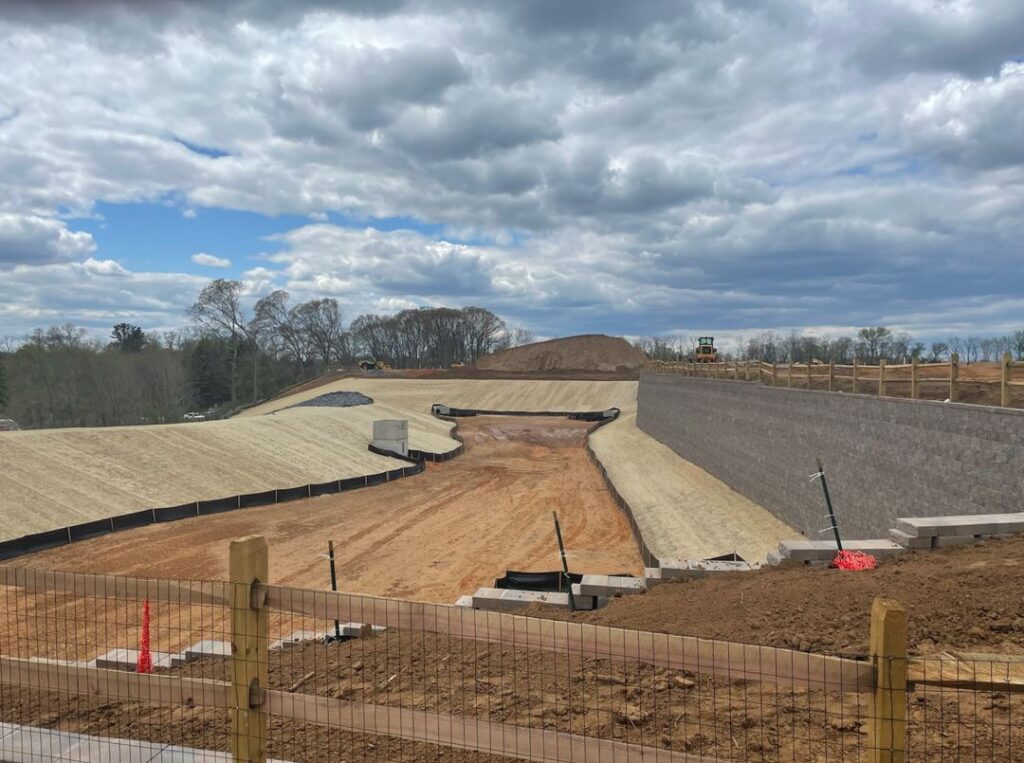
Looking to reduce stormwater runoff from your New Jersey property? A rain garden or bio retention basin is a great solution.
Rain gardens and bio retention basins capture, store and filter stormwater runoff before it gets to rivers, streams, lakes or other surface water bodies. Plus they reduce flooding on your property and restore natural habitat.
Rain gardens and bioretention basins are depressions with landscaping features that treat storm water runoff on site. They are often found in small pockets of residential land uses, along highways or in parking lot islands.
Shallow depressions are planted and receive surface runoff. These pollutant removal methods are designed to protect wooded and marine ecosystems in New Jersey. Stormwater runoff is captured during storm events and then diffuses through the system’s plant, mulch and soil layers. Larger storm runoff is often redirected past the facility and into the storm drain system.
The mulch and soil mix serves as a filter for the remainder of the runoff. The filtered runoff is often collected in a perforated underdrain before being discharged into the storm drain system.
The grass buffer strip, the ponding area, the surface mulch and planting soil, the sand bed, the organic layer, the plant material and the infiltration chambers are the 7 components of this facility. Stormwater runoff is filtered through these layers in shallow ponds called bioretention basins.
Adsorption, filtration, volatilization, ion exchange, microbial soil activities, evapotranspiration, nutrient uptake in plants and decomposition before exfiltration into the surrounding soil mass are all ways bioretention basins improve stormwater quality. They also improve infiltration and groundwater recharge which reduces runoff during storms.
What is a Rain Garden?
A rain garden is a beautiful landscape feature that captures and stores water runoff from impervious surfaces like driveways, sidewalks and rooftops. The goal of this type of garden is to reduce the amount of polluted runoff entering our local waterways by allowing the water to soak into the soil instead. By doing so, rain gardens also help conserve groundwater.
Rain gardens are planted with native plants since they are adapted to the local climate and soil types so they require less maintenance than non-native species. Native plants also attract beneficial pollinators like bees and butterflies which can add beauty and life to your yard! When planted around impervious surfaces, rain gardens can also help prevent flooding and erosion by absorbing excess water during heavy rainfall or snowmelt.
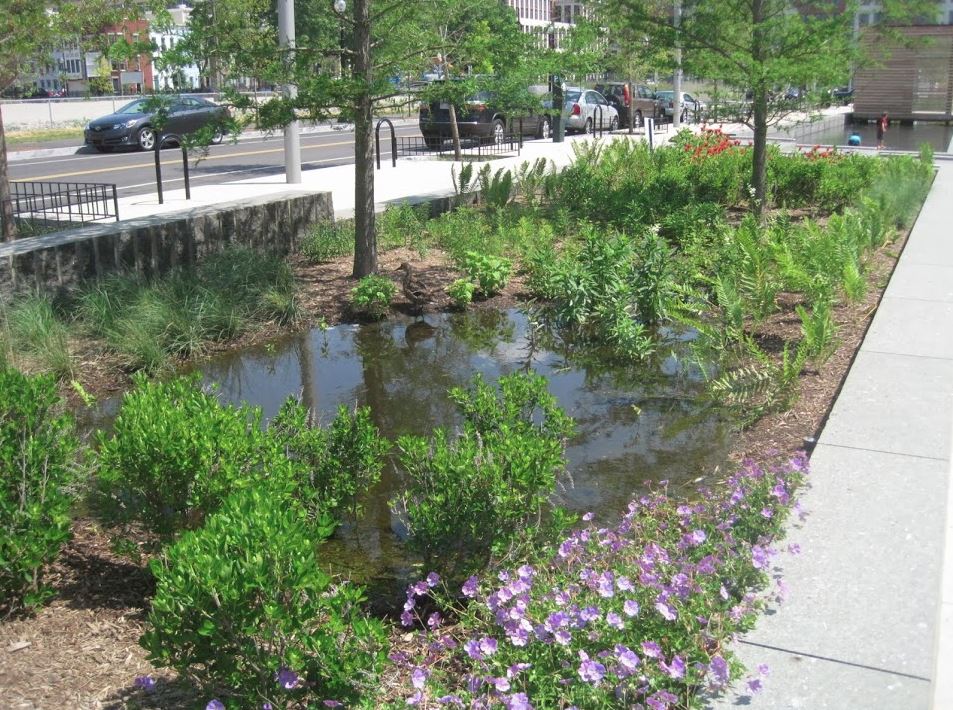
Benefits of a Rain Garden
Rain Gardens Absorb Excess Stormwater Runoff
One of the biggest benefits of rain gardens is they absorb excess stormwater runoff from hard surfaces like roofs and driveways. This reduces localized flooding by slowing down the water flow into local waterways during heavy storms. Rain gardens also act as natural filters by trapping pollutants that would otherwise end up in local streams and rivers.
Rain Gardens Conserve Water
Rain gardens also conserve water by allowing it to soak into the soil instead of evaporating into the air or running off. This reduces your overall water usage and your water bill! Plus rain gardens are a great source of irrigation for nearby plants and trees since the soil has been enriched with nutrients from the collected stormwater runoff.
Rain Gardens Increase Biodiversity
In addition to natural filtration of stormwater runoff, rain gardens also increase biodiversity by providing habitat for native wildlife like frogs, butterflies, birds, bees and other beneficial insects. This creates a more balanced ecosystem in your area which can lead to healthier plants and animals! Plus they are beautiful too!
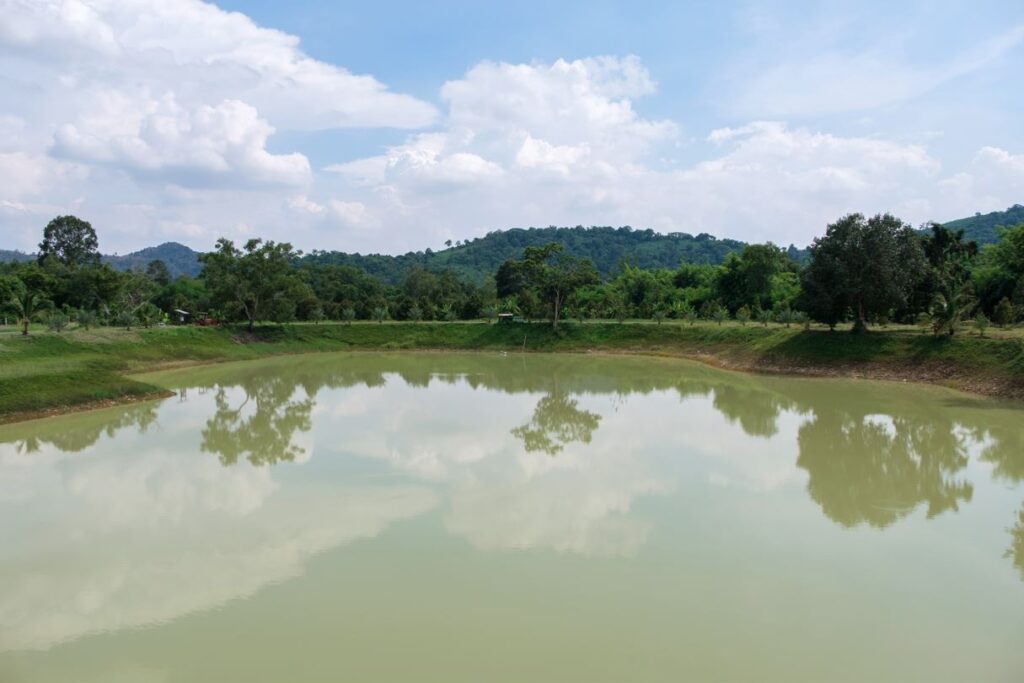
What is a Bio Retention Basin
A bio retention basin (or rain garden) is an artificial stormwater wetland that captures, stores and filters runoff from paved surfaces like parking lots or roads. The basin captures rainwater, allowing it to slowly infiltrate into the ground and reduce the amount of pollutants that enter local streams or public water systems. In addition to capturing stormwater runoff, bio retention basins provide habitat for wildlife and can beautify neighborhoods.
How do bio-retention basins work?
Bio retention basins work by using layers of soil and organic matter to filter out contaminants from the water before it enters streams or natural habitats. The soil and organic matter acts like a sponge – capturing pollutants like heavy metals, pesticides, oil, grease and other toxins before they enter local waterways. Plus they provide habitat for native plants which can increase biodiversity in urban areas.
Benefits Of A Bio Retention Basin
Environmental Benefits
One of the biggest benefits of a bio retention basin is it filters out pollutants from stormwater runoff before it enters local ecosystems or bodies of water. This protects aquatic life from toxic chemicals in the water. Bio retention basins also provide habitat for birds, insects and other wildlife, creating a diverse ecosystem in these green spaces.
Economic Benefits
Installing bioretention cells can provide economic benefits too. By removing pollutants from entering local waterways, communities get clean drinking water without having to invest in expensive filtration systems or other infrastructure projects. Plus they can reduce flooding during heavy storms by slowing down the stormwater runoff into nearby streams or rivers.
Rain Garden or Bio Retention Basins
Rain gardens and bio retention basins for erosion control are a great way to treat stormwater runoff and forest and marine ecological systems. Not only do they protect local waterways from pollutants but also provide habitat for native wildlife and increase biodiversity in urban areas. Plus they can reduce flooding during heavy storms and provide economic benefits by not having to install expensive filtration systems.
With all the environmental and economical benefits, it’s no wonder why rain gardens are so popular! If you want to install one in your community or commercial landscape in New Jersey, call Eastcoast Sitework today to discuss your project. We can design a system that fits your needs.
Developing a Rain Garden or Bio Retention Basin in New Jersey?
Call 732-370-0291 or Contact Us
FAQ
Too much runoff water can damage drainage pipes. If left unchecked, debris or materials like sand or sediment can clog pipes which weakens drainage capacity. Reduced capacity means backups which can lead to flooding and further pipe degradation. Installing floodgates, lining the base of a pipe with stones, building a low wall around the inlet of a pipe and channeling waterways away from structures are some of the mitigation measures homeowners and business owners can do to reduce the risk of excessive water runoff.
The Environmental Protection Agency (EPA) is a federal agency that protects the environment and human health. The EPA’s main goal is to prevent and reduce pollution through research, monitoring of environmental factors and regulation of activities that harm the air. When it comes to stormwater, the EPA is working with local governments, businesses, communities and other organizations to develop management plans to reduce pollutants in stormwater runoff before it enters waterways.
Treating runoff can be an effective way to balance water distribution over a certain area. By changing and purifying the chemical composition of runoff, it can be safely re-directed back into drinking water sources or public utilities. This can provide more water to those who have limited supply due to drought or other natural factors. With additional testing done to normalize usage standards, treating runoff can be the solution to a more even water distribution system.
Not necessarily. Having both sand and clay is a good thing. Sandy soils increase drainage and oxygen while clay soils retain water and nutrients which helps species that like moist conditions thrive. When sand and clay soils mix together the two provide an environment for different types of plants and animals to coexist as each provides benefits to its inhabitants. With sand and clay together you’ll get better yields in your garden or other living spaces.

